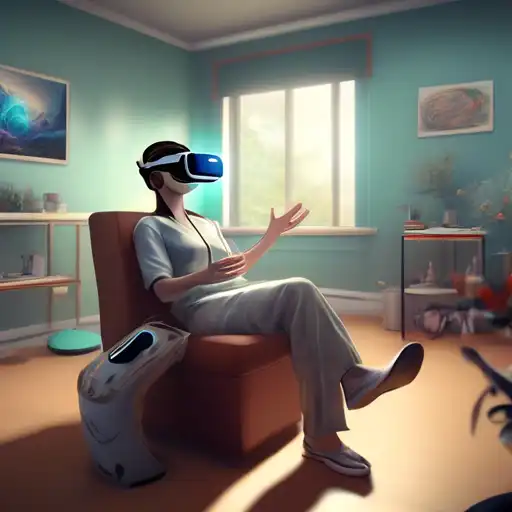The Transformative Power of Virtual Reality in Therapeutic Practices
Virtual Reality (VR) technology has transcended its initial entertainment-centric applications to become a groundbreaking tool in the field of therapy. By creating immersive, controlled environments, VR offers unique opportunities for treating a variety of psychological and physical conditions. This article explores the innovative ways VR is being utilized in therapeutic settings, highlighting its benefits and potential for future applications.
Understanding VR Therapy
VR therapy involves the use of virtual reality technology to simulate environments or situations for therapeutic purposes. It is particularly effective in exposure therapy, where patients are gradually exposed to their fears in a safe, controlled manner. This method has shown remarkable success in treating conditions such as PTSD, anxiety disorders, and phobias.
Applications of VR in Therapy
The applications of VR in therapy are vast and varied. Below are some of the most notable uses:
- Exposure Therapy: VR allows patients to confront their fears in a virtual setting, making it easier to manage real-life situations.
- Pain Management: Through distraction and immersion, VR has been effective in reducing pain perception during medical procedures.
- Rehabilitation: VR aids in physical rehabilitation by motivating patients through interactive games and simulations.
- Social Skills Training: Individuals with autism or social anxiety can practice and develop social skills in a virtual environment.
Benefits of VR Therapy
VR therapy offers several advantages over traditional therapeutic methods. It provides a safe environment for exposure therapy, eliminates geographical barriers through teletherapy, and offers customizable scenarios tailored to individual needs. Moreover, the immersive nature of VR enhances patient engagement and motivation, leading to better outcomes.
Challenges and Considerations
Despite its potential, VR therapy faces challenges such as high costs, the need for specialized equipment, and limited accessibility. Additionally, the effectiveness of VR therapy can vary depending on the individual and the condition being treated. It is crucial for practitioners to carefully assess each case to determine the appropriateness of VR therapy.
The Future of VR in Therapy
The future of VR in therapy looks promising, with ongoing research and technological advancements paving the way for more sophisticated applications. As VR becomes more affordable and accessible, its integration into therapeutic practices is expected to grow, offering new hope for patients worldwide.
For those interested in exploring the intersection of technology and mental health further, consider reading about the impact of technology on mental health.
In conclusion, VR therapy represents a significant leap forward in the field of therapy, offering innovative solutions to age-old problems. Its ability to create immersive, controlled environments opens up new possibilities for treatment, making it a valuable tool in the quest for better mental and physical health.
